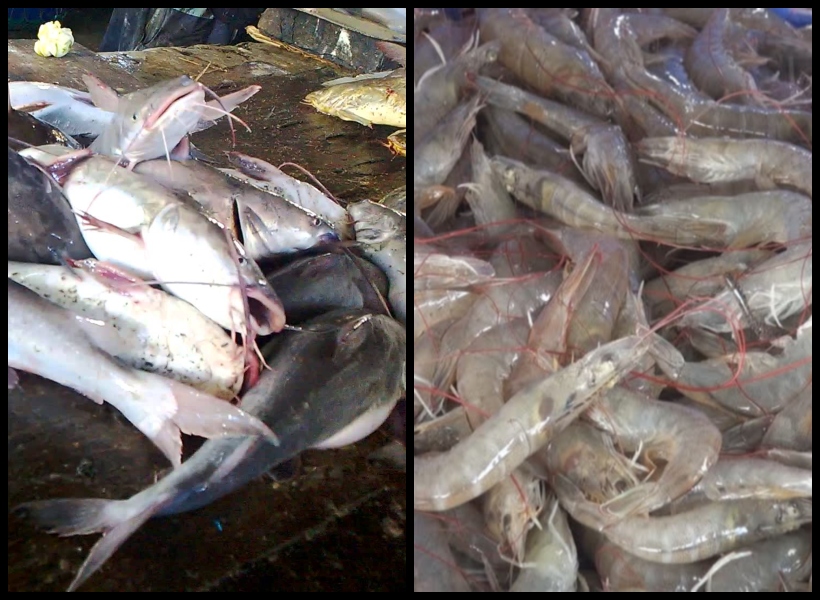The fisheries sector plays a vital role in Guyana’s economic well-being. In fact, it is considered an important element of trade. In 2015 for example, exports of fish and fishery products were valued at US$87.3 million (with a significant share of crustaceans) or 7.6% of total merchandise exports, while imports were worth US$2.5 million.
But an overall assessment of the sector which employs 7,500 people, shows that output has been in decline for a while. According to a special government report on the Nation’s natural resources, total capture has increased over the 1980s and 1990s and reached its peak at 60,000 tonnes in 2003, thanks to good catches of shrimp that is the major fishery resource.
But since then, it has gradually decreased, reaching its floor in 2015, at 36,000 tonnes. The report noted that there was some recovery in 2016, at 42,000 tonnes, but the production is still 30 percent lower than its 2003 peak.
In Guyana, marine fishing is undertaken by artisanal fishers and by an industrial fishing fleet composed of trawlers and hand-liners, including some foreign flagged, licensed vessels. Most of Guyana’s fishing effort occurs in the relatively shallow waters of the continental shelf.
In 2014, the small-scale fishery fleet reported to the Food and Agriculture Organization (FAO) consisted of over 600 vessels ranging in size from 6 to 24 m, of which the majority (51%) were netters.













